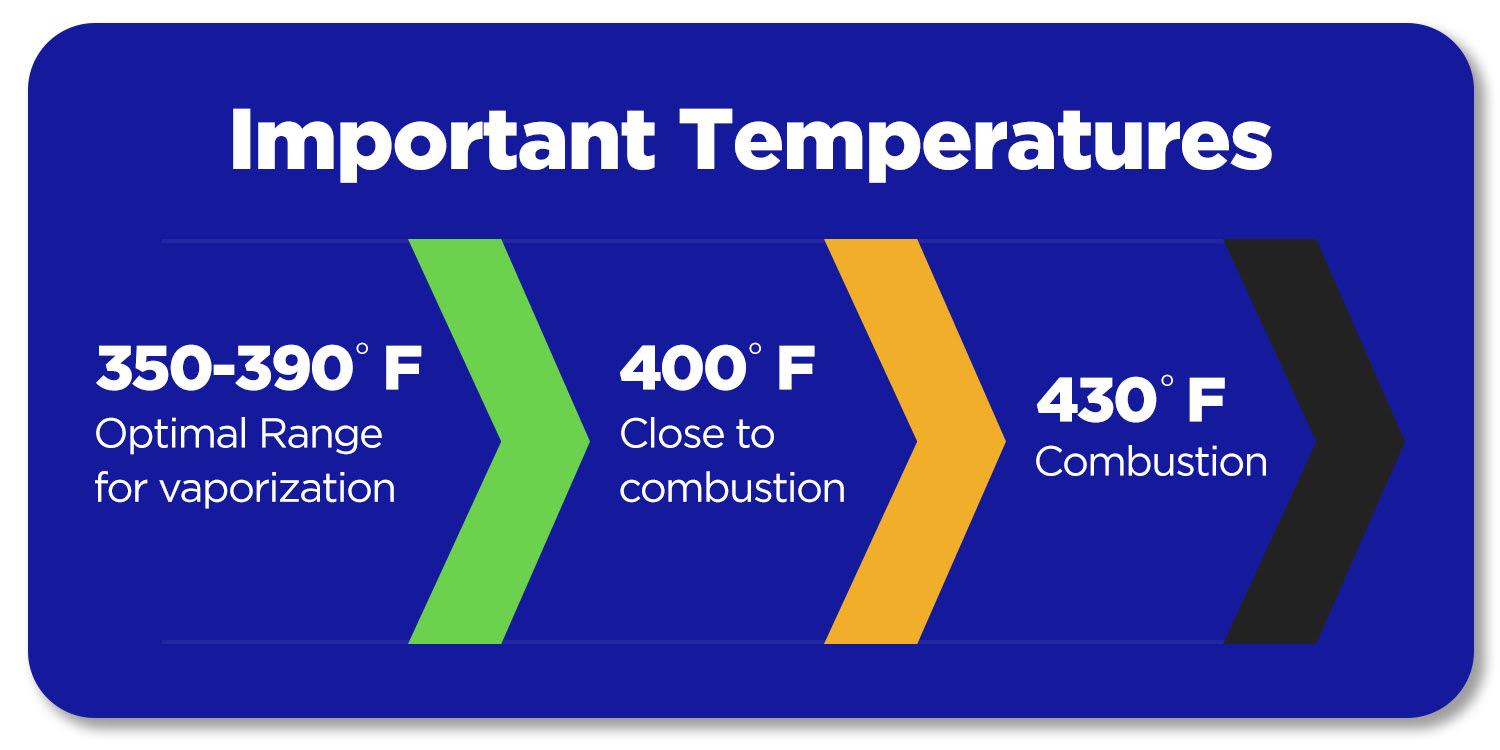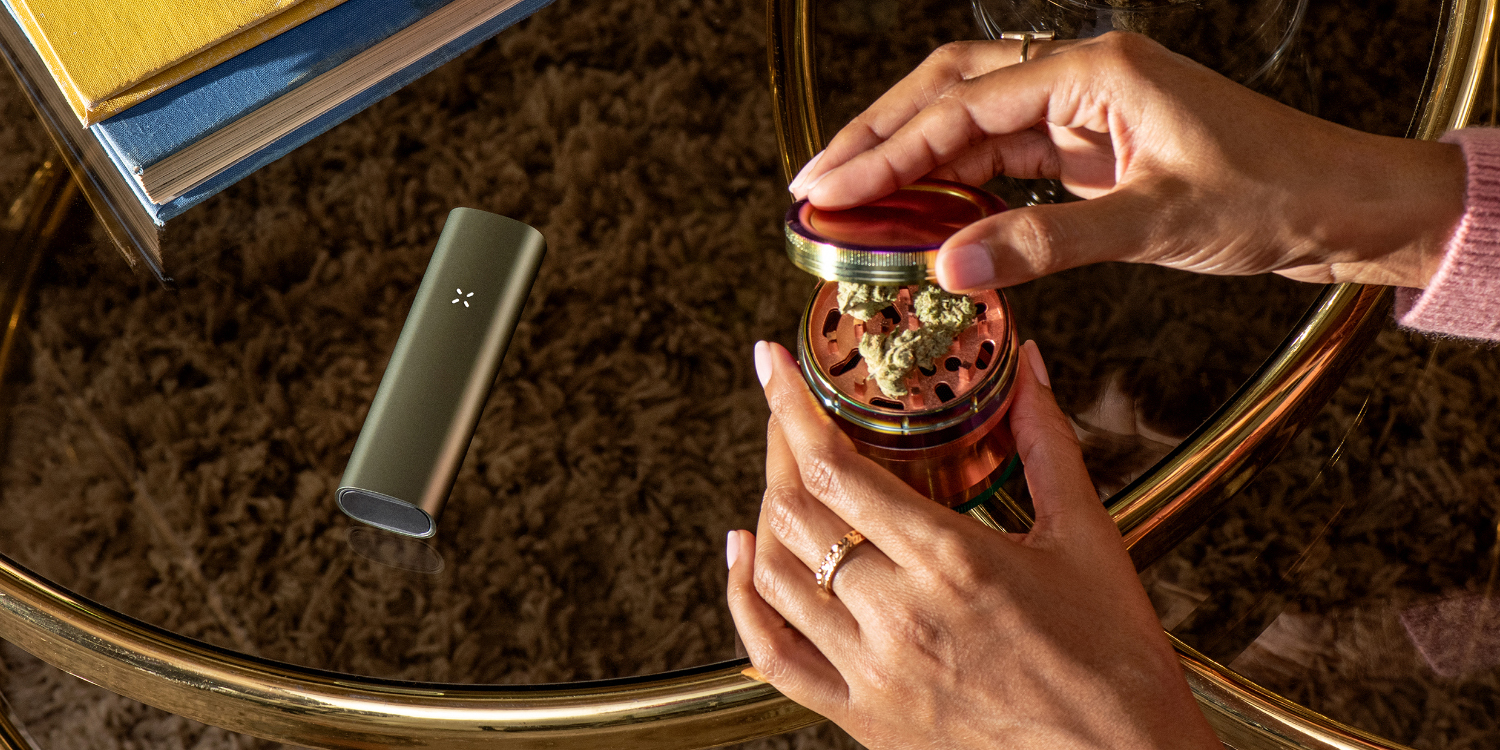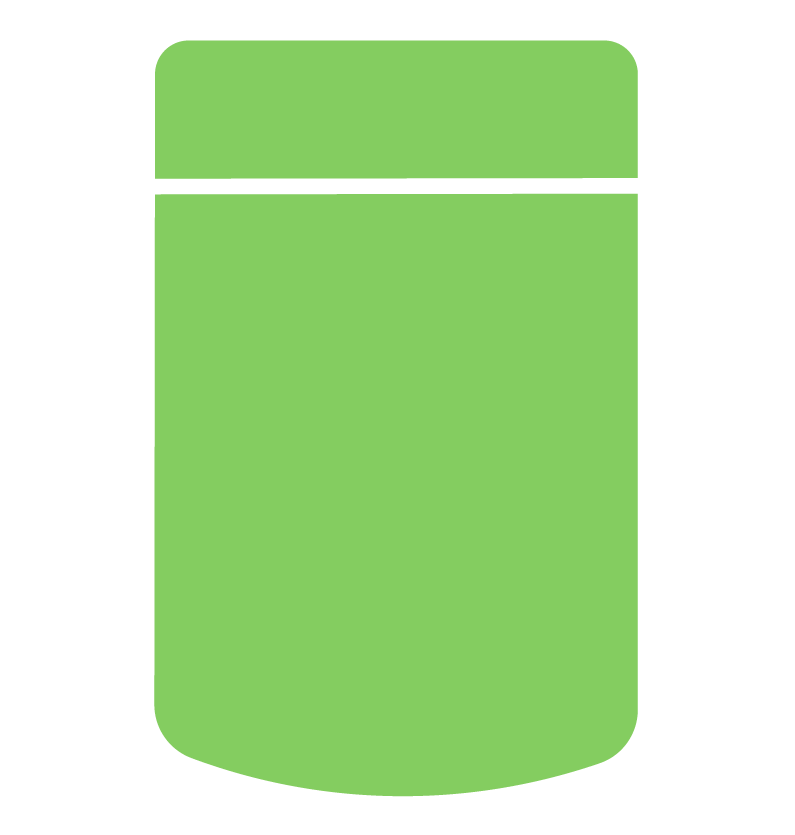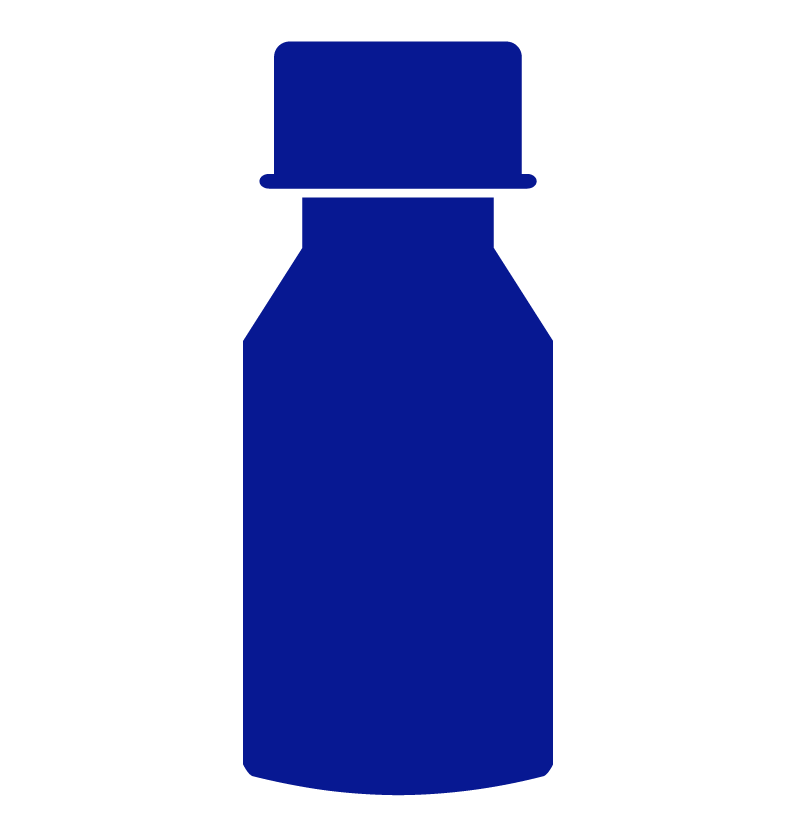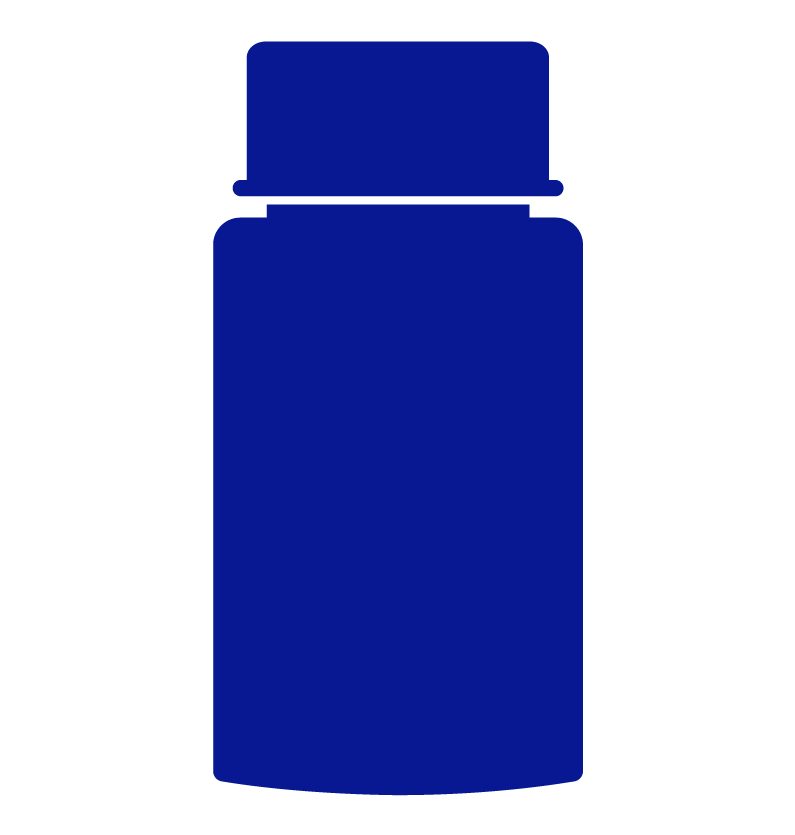Previous Article
Medical Cannabis and Health Benefit Plans
As more individuals become aware of the benefits of medical cannabis and acceptance develops, there is a growing demand for expanded coverage. According to a recent survey, 12% of plan sponsors claimed coverage in 2019, up from 8% the previous year.1
Furthermore, 64% of employees with workplace health plans believed that medical cannabis should be covered by their health benefit plan when authorized by a physician or nurse practitioner.2
Medical cannabis is becoming widely attractive, but the federal government has yet to recognize it as an approved drug under the Food and Drugs Act, and as a result, it lacks a Drug Identification Number (DIN). To get around this, Starseed is one of the first and few to develop a set of pseudo-DINs (PINs) that are widely accepted by insurers when processing claims.
Another important factor for employers to consider is that there are data to suggests that using medical cannabis instead of prescription medicines, particularly opioids, can lower overall treatment costs. In some circumstances the cost of medical cannabis is far less than the cost of traditional pharmaceuticals.
Methadone maintenance therapy, an opioid use disorder treatment, can cost over $5,500 per year, 3 whereas a medical cannabis treatment plan can cost between $1000 and $1,500 per year. This isn’t even taking into account the associated collateral costs of opiate use, such as disability, rehabilitation and counselling, absenteeism, and presenteeism. In fact, cannabis is likely to spare patients many of the side effects associated with opioid use.
References:
[1] Sanofi. (2020). The Sanofi Canada Healthcare Survey. Retrieved from https://www.sanofi.ca/-/media/Project/One-Sanofi-Web/Websites/North-America/Sanofi-CA/Home/en/Products-and-Resources/sanofi-canada-health-survey/sanofi-canada-healthcare-survey-2020-EN.pdf?la=en&hash=F1C763AA6B2F32C0BF2E623851FD05FD
[2] Sanofi. (2018). The Sanofi Canada Healthcare Survey. Retrieved from https://www.sanofi.ca/-/media/Project/One-Sanofi-Web/Websites/North-America/Sanofi-CA/Home/en/About-us/The-Sanofi-Canada-Healthcare-Survey/The-Sanofi-Canada-Healthcare-Survey-2018---Full-Report.pdf
[3] Zaric, G.S., Brennan, A.W., Varenbu, M., & Daiter, J.M. (2012). The cost of providing methadone maintenance treatment in Ontario, Canada. The American Journal of Drug and Alcohol Abuse, 38(6). 559-566.
Next Article
The Relationship Between Anxiety and Cannabinoids
Mental illness will impact all Canadians at some point - whether it is directly or indirectly.
Did you know…?
• 1 in 5 Canadians will experience mental illness directly
• Mental illness can impact you, regardless of: age, sex, socioeconomic status or culture
• 5% of the household population is impacted by anxiety disorders
Recognizing the Sign of Anxiety
Most Common: Nervousness, irritability, restlessness, trouble sleeping, fatigue, trouble concentrating
In extreme cases: Trembling, dizziness, weakness, shortness of breath, excessive perspiration, numbness or tingling, rapid heart rate.
The Endocannabinoid System
The endocannabinoid system (ECS) is a well-established system that dates back over 500 million years. It has been found in the earliest known nervous systems and is crucial to our survival. As a result, the ECS is vital for the development, function, and control of our entire nervous system, as well as a variety of bodily functions.
The ECS communicates through a class of compounds called endocannabinoids, which are produced naturally by our bodies and attach to our own internal cannabinoid receptors. Cannabinoids from the cannabis plant (such as CBD and THC) have properties that are similar to those of our internal endocannabinoids.
The Relationship Between Anxiety and Cannabinoids
CBD is one of the two major cannabinoids found in cannabis plants, and unlike THC, CBD does not cause intoxication or activate the receptors that provide sensations of euphoria or 'high.' CBD has been reported to help with symptom management in a variety of conditions, including inflammation, seizures, and anxiety.
When we are under stress as a result of a perceived threat, our fight-or-flight response is triggered. CBD interacts with the ECS in parts of the brain involved in emotional processing, such as fear, anxiety, and aggression, perhaps reducing panic and anxiety by decreasing the stress response.
In some patients, THC has been showed to contribute to calming and anti-anxiety effects. On the other hand, THC can contribute to negative symptoms which increase anxiety. When CBD is administered with THC, it can ‘undo’ the unwanted anxiety-inducing effects.
Incorporating Medical Cannabis in Your Treatment Plan
• Everyone's experience with medical cannabis and its effects on the mind and body is different and unique. When it comes to creating realistic treatment goals, it's critical to understand the effects of cannabis. When considering introducing medical cannabis, always consult with a healthcare professional.
• It's crucial to learn about THC, CBD, and the many strains of cannabis, as well as how they affect your health and well-being.
• Pace yourself because everyone reacts differently to cannabis, which is why healthcare professionals always advise to start slowly and gradually increase your dosage until you achieve your therapeutic goals.
• Keeping a journal of your medical cannabis experience will assist you in achieving the greatest results by recording your dose, method of consumption, strain, and body's reaction.
What else can you do to help alleviate anxiety symptoms?
• Mindfulness meditation
• Regular exercise
• Eating well-balanced and nutritious meals
• Maintaining social connections
• Therapy/Counselling
• Medication
• Attending support groups
Do you or someone you know suffer from anxiety and would like to speak with a licensed healthcare professional about medical cannabis? Please Book an Appointment today.
